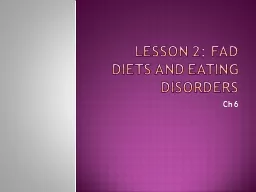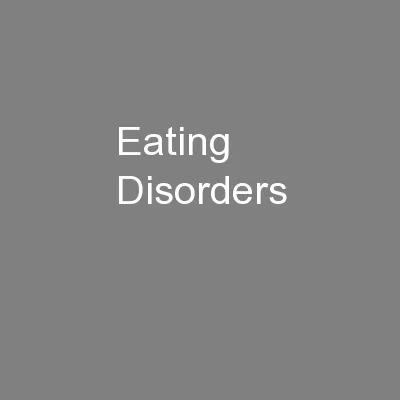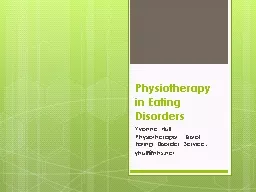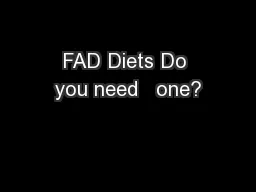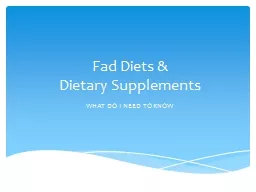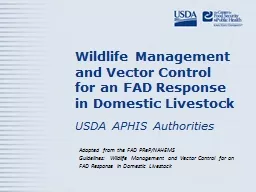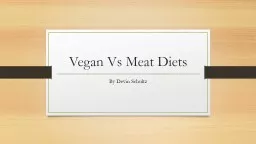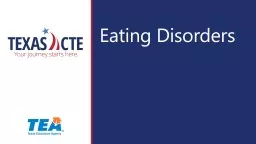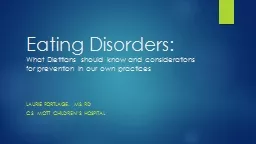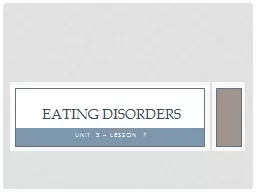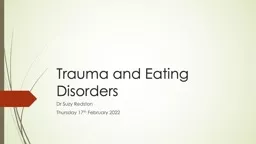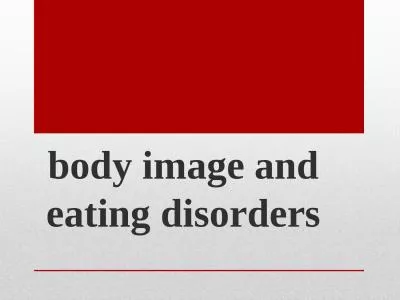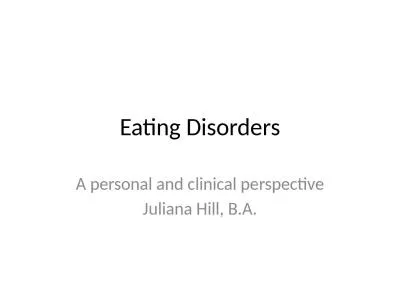PPT-Lesson 2: Fad diets and eating disorders
Author : test | Published Date : 2018-09-18
Ch 6 Risky Weight Loss Strategies Fad Diets weightloss plans that are popular for only a short period of time Liquid Diets replaces all food intake with a special
Presentation Embed Code
Download Presentation
Download Presentation The PPT/PDF document "Lesson 2: Fad diets and eating disorders" is the property of its rightful owner. Permission is granted to download and print the materials on this website for personal, non-commercial use only, and to display it on your personal computer provided you do not modify the materials and that you retain all copyright notices contained in the materials. By downloading content from our website, you accept the terms of this agreement.
Lesson 2: Fad diets and eating disorders: Transcript
Download Rules Of Document
"Lesson 2: Fad diets and eating disorders"The content belongs to its owner. You may download and print it for personal use, without modification, and keep all copyright notices. By downloading, you agree to these terms.
Related Documents

